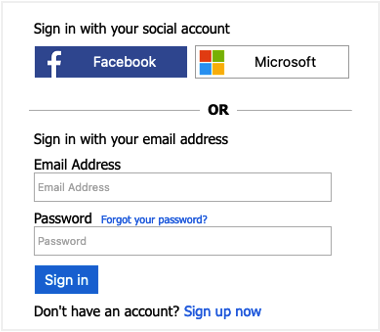
Next, under Logout URL, specify a web URL to redirect to once the user has logged out of your app. In this example, for local testing, we’ll use along with the name of your app's core login page (typically, login). Under Web applications, choose “single-page application.” With the app created, navigate to Manage -> Authentication. Click the register button to create the app. While any page can be used, in this example we’ll use the Login page, such as ://login. Use the formula “uniqueId://page”.Īfter the app user signs into Azure AD, this tells Auth Connect which page to redirect to in your app. Typically, this takes the form of company-AppName or reverse DNS style. Then, fill in the text field value with your globally unique App Id, which is used both in the Azure configuration as well as the native mobile app’s configuration. Choose “Public client/native (mobile & desktop)” - we’ll add web support in a separate step.

Give your app a new name, then select the Supported Account Types. Sign into the Azure Portal then navigate to the Azure AD B2C service page (the easiest way to find it is to search for "b2c", then choose "Azure AD B2C".)īegin by creating a new Application under Manage -> App registrations -> New registration. If you don't have one, create a new B2C tenant. For complete information on configuring Azure AD, consult the official B2C documentation which includes tutorials on creating a B2C tenant, registering applications, and more.


 0 kommentar(er)
0 kommentar(er)
